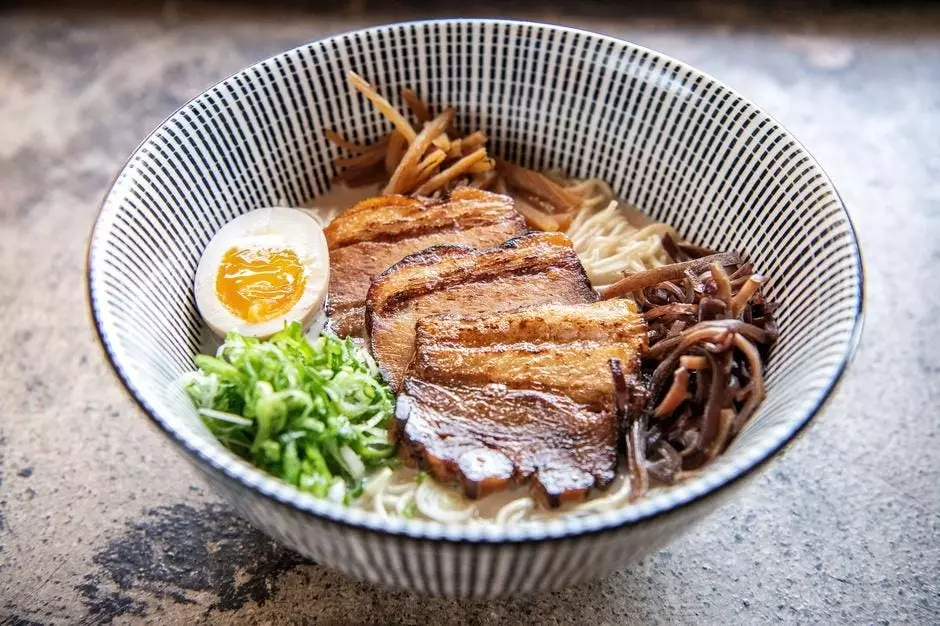If you are a food enthusiast, chances are you have come across the term “Umami” – the fifth taste that complements salty, sweet, bitter, and sour. Umami is prevalent in various savory foods such as cheese, tomatoes, mushrooms, and dry-aged steak, as well as many Japanese ingredients like dashi, miso, and soy sauce. Beyond just enhancing the flavor of food, Umami plays a crucial role in our health. It is the taste of glutamate, an essential amino acid that is a building block of protein. When you consume umami-rich foods, your body benefits from increased salivation, improved digestion, and efficient nutrient absorption. This leads to a sense of satisfaction and fullness, preventing overeating. Additionally, Umami can help reduce salt intake, as shown by studies where adding umami substances to dishes resulted in lower salt consumption without compromising taste.
While Umami is well-known, there is another element called Kokumi that adds depth to the eating experience. Unlike the traditional five tastes, Kokumi is not a specific flavor but an amalgamation of sensations derived from the tastes, scents, and textures of food. According to experts like Hidetoshi Nishimura, Kokumi enhances the joy of eating through three dimensions: complexity, mouthfulness, and lingeringness. Complexity refers to the layers of sensations, mouthfulness signifies a fully-coated feeling, and lingeringness indicates a long-lasting sensation. Foods rich in Kokumi, like aged parmesan cheese or tonkotsu ramen, offer a heightened eating experience that cannot be replicated by lighter dishes. When combined with Umami-rich foods, Kokumi receptors amplify the taste, making the overall flavor more intense and satisfying.
Kokumi is derived from amino acid molecules known as peptides, which are smaller versions of proteins. To enhance Kokumi in your meals, look for foods where proteins have broken down into peptides through cooking methods like stewing, aging, and fermentation. Certain ingredients have a higher Kokumi potential, including beef, chicken, foie gras, scallops, tomato juice, beer, soy sauce, garlic, onions, and long-aged cheeses like Gouda. By incorporating these foods into your diet, you can elevate the taste profile and enjoy a more fulfilling eating experience.
A striking difference in obesity rates between Americans and Japanese can be attributed to dietary choices rich in Umami and Kokumi. While 42% of Americans are obese, only 8% of the Japanese population share the same concern. The traditional Japanese diet, centered around Umami and Kokumi-laden foods like kombu and bonito-based dashi stock, promotes satiety and prevents overeating. On the other hand, the prevalence of highly processed foods in the American diet lacks the richness of Umami and Kokumi, leading to increased consumption and weight gain. By embracing Umami and Kokumi-rich ingredients, individuals can enjoy flavorful, satisfying meals while maintaining a healthy lifestyle.
In the realm of culinary arts, understanding and appreciating the nuances of Umami and Kokumi can elevate the overall food experience. Flavor scientist Arielle Johnson emphasizes the importance of sensory perception in enhancing one’s relationship with food. By learning to recognize and articulate the tastes and smells present in dishes, individuals can fully immerse themselves in the culinary journey. Whether you are a home cook or a professional chef, developing a keen sense of taste and smell can unlock a world of flavors and sensations.
Umami and Kokumi play pivotal roles in shaping our culinary experiences and impacting our health. By incorporating Umami and Kokumi-rich foods into our diets, we can enjoy delicious, satisfying meals while nourishing our bodies. Cultivating an awareness of taste and smell further enhances our connection to food, allowing us to savor each bite and appreciate the complexities of flavor. Embrace Umami and Kokumi in your culinary adventures, and unlock a world of gastronomic delights.

